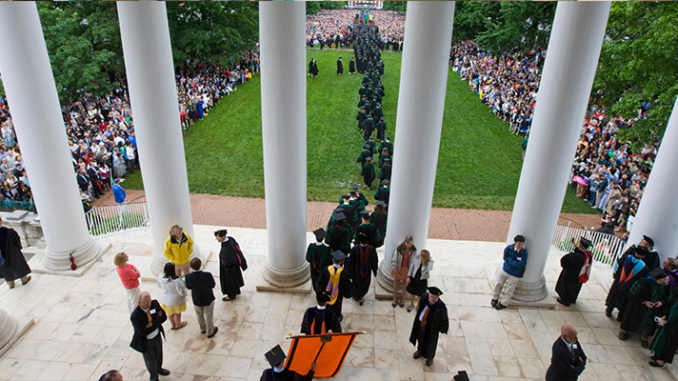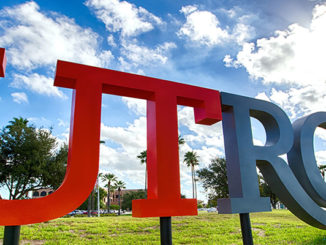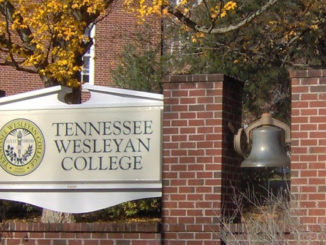
The campaign for statewide tuition-free community college enjoys relatively strong bipartisan support. Tennessee Governor Bill Haslam, a Republican, is credited with pioneering the initiative. And Democrat Governors such as Kate Brown from Oregon and Andrew Cuomo from New York have followed suit. Over half of our states now either have a tuition-free community college statewide promise program enacted or are working toward one in their legislatures.
Making more community colleges free is good politics and good policy. According to the Campaign for Free College Tuition, more than 80 percent of Americans support free college tuition. And for those Americans removed from stable career pathways and looking to acquire skills that have real currency in today’s labor market, there is often no better place to find a training program than at a community college campus.
It’s no surprise that in their search for new economic messages that can resonate with voters, Democrats like Gavin Newsom and Richard Cordray, who are running for governor in California and Ohio, respectively, have campaigned on making community college tuition-free. Just like the recent uptick in Democrats announcing versions of a guaranteed jobs program, the rhetoric of tuition-free community college is coherent, simple, and easily understood.
But providing free access to community colleges does not ensure students are being provided with skills that enable them to find jobs with a W-2 that grows over time. Making something free, in other words, does not mean it’s going to be good. In order for students to catapult themselves into meaningful careers, they need access to first-class community colleges.
Candidates campaigning on tuition-free community college should therefore consider including in their message calls for equipping campuses with high-tech facilities. As we have seen in countries like Germany, Finland, and Singapore, investments in technical campuses can help transform the image of vocational education and create more evenly distributed postsecondary enrollment.
In Finland, for example, 43 percent of high school students attend vocational school. Compare that to the United States, which ranks second in baccalaureate education but 16th among industrialized nations in sub-baccalaureate education. According to the Organization for Economic Cooperation and Development, over the past two decades, the number of associate’s degrees has risen by roughly 9 percent in Canada, South Korea, and France, but by less than 3 percent in the United States.
While there is certainly evidence that more middle-class families are willing to take a chance on community college, community college enrollment is actually expected to fall over the next few years. Affordability will likely not reverse this trend on its own.
By signaling to students that community colleges deserve the same kind of investment as first-class universities, candidates can start to chip away at the perception that community colleges are meant for only low-income students. As Richard D. Kahlenberg, a senior fellow at The Century Foundation, has written, if affluent students attended community colleges more frequently they would diversify the social capital of the student population, which improves career prospects for all students.
Consider California, a state that needs $47.2 billion over the next five years to cover deferred-maintenance costs to modernize and maintain existing facilities at the California Community Colleges, the University of California, and the California State University.
California’s next governor could convene top CEOs like Marc Benioff of Salesforce, who has donated millions of dollars to Bay Area public schools, and Mark Zuckerberg, who co-founded the Chan Zuckerberg Initiative, and create a new employer-led initiative that provides sustained investment in community college campuses. Investments in high-tech facilities — such as a Salesforce Tower on campus or personalized classrooms designed by Chan Zuckerberg Initiative engineers — would ensure that community colleges are not just affordable but also worthwhile destinations preparing students for successful careers. Companies that invest in community colleges would also gain access to a pool of talent, like Opportunity Youth, trained with their equipment and in their facilities.
Combining tuition-free community college initiatives with investment in high-tech facilities sends a smart economic message. At a time when it is projected that the significant majority of jobs in this country created by 2020 will not require a four-year degree, it’s also a message that, if realized, would lead to better, more affordable, and more equitable postsecondary and career choices for all students and families.
Jonathan Hasak is the Director of Public Policy and Government Affairs at Year Up.



